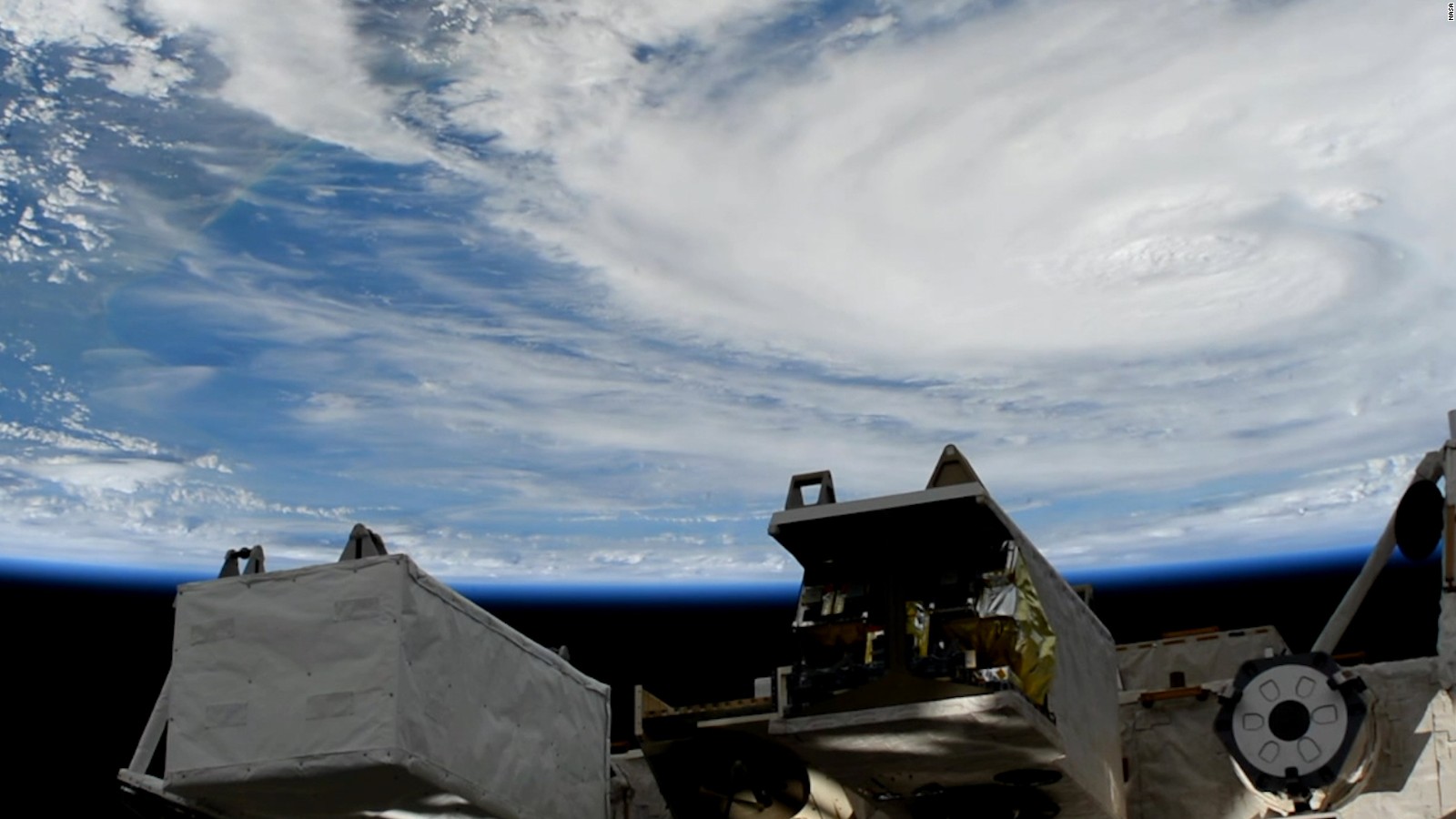Hurricane Harvey Hammers Lone Star State
The strongest storm to hit the United States in thirteen years slams into Texas … and the worst is yet to come.
Hurricane Harvey rolled ashore as a monster category four storm late Friday, bringing what one Texas
